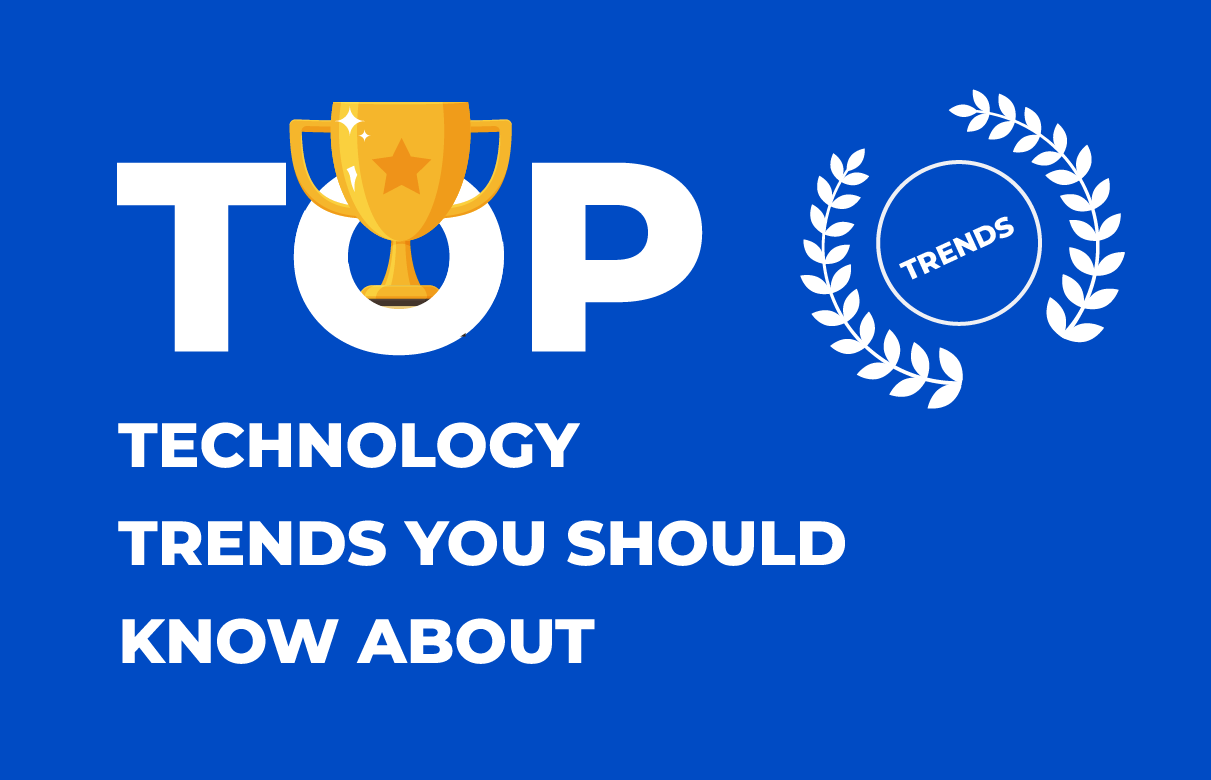According to IBM Executive Chairman Ginni Rometty, “Cybercrime is the greatest threat to every company in the world.” Growing worldwide cybersecurity expenses prove this claim, as Gartner predicts the information security and risk management market will reach $188.8 billion by 2023. So how to get the best possible results from investment in cybersecurity? Let’s find out the most important aspects that should be taken into consideration for software development projects.
Software Security
In the era of connected everything, a company’s environments are no longer separated, so the protection of the peripheral IT landscape isn’t enough to ensure overall safety. That’s why businesses should enhance the defense of their applications; for example, they could use runtime application self-protection (RASP) technology, which monitors software inputs and blocks suspicious ones.
There’s also security testing software that helps businesses integrate testing into development processes. Solutions of this kind provide complete visibility of software, detect possible vulnerabilities and allow users to manage and prioritize remediation measures.
Good examples are Synopsys’s solutions for CI/CD & DevSecOps, Checkmarx Software Security Platform, Fortify by MicroFocus and Veracode’s web application security testing tools.
Security and Threat Intelligence
As cyberthreats become more and more sophisticated, diverse, dynamic and invisible, companies increasingly risk losing control over their networks. Security officers should be a step ahead of cybercriminals, understanding their motives, behaviors and methods. That’s why businesses need to have a 360-degree overview of their environments, and constantly be aware of any software, device or person that tries to connect to their networks.
Cyberthreat intelligence software is designed for this purpose: to create a comprehensive picture of possible and real attacks that endanger corporate environments. Based on behavioral analytics, machine learning and other modern technologies, these solutions detect potential, existing and past cybersecurity threats and help security analysts address them.
SIEM (security information and event management) systems are a good example of security and threat intelligence software. Some popular SIEM systems are IBM QRadar, Splunk Security Operations Suite, the Securonix platform, and the Exabeam Security Management Platform. Unfortunately, these systems are quite expensive, and can only be afforded by large enterprises.
Security or penetration testing is the best way to examine the safety and reliability of a company’s infrastructure and get a sense of its 360-degree security overview. By simulating possible malicious actions, ethical hackers check a system’s immunity to attacks. This approach provides the most thorough analysis of a company’s infrastructure and allows it to identify vulnerabilities, bottlenecks and possible breaches that can be used to infiltrate the source code.
Cloud Security
While the cloud continues to attract a growing number of users, these users are nevertheless seriously concerned about the safety and privacy risks. Indeed, shared infrastructures, storages, services and other capabilities provided by the cloud are a frequent target of cybercrime.
This means companies must place the utmost importance on cloud security, which includes the following measures:
- System integrality. While various companies share resources, businesses should build reliability and integrality into their cloud environments to prevent data breaches.
- Reliable credential, identity and access management. Companies should prevent unauthorized users from accessing their cloud-based environment and data.
- Well-secured interfaces and APIs. The security of APIs affects cloud safety and reliability, which is why interfaces must protect cloud-based assets and workloads against illegal infiltration.
- Resistance to DoS attacks. Since the cloud is prone to denial-of-service attacks, businesses need to build systems that prevent cybercriminals from consuming vast amounts of cloud-based resources.
- Resilient shared technologies. Companies should avoid using cloud components that are not designed to securely isolate multitenant software and architectures, as this may cause computer security
Reliable staff. To prevent insider attacks, companies need to eliminate the possibility of rogue employees getting access to sensitive information (e.g. system administrators).
Endpoint Cyberdefense
Recently, the number of connected devices has been growing exponentially, and is predicted to reach 50 billion devices by 2030. As a result, the protection of a company’s connected endpoints is a hot topic and one of the top corporate security concerns today.
In addition, the health of the entire network depends on the safety of individual digital assets, as each of these may become a breach point for an attack. Companies should use all possible measures to protect assets in their networks. These measures include antiviruses, IDSs and firewalls, anti-spyware software and spam filters.
Robust Internal Security Policy
The human factor has been and still is one of the most common causes of breaches and cyberattacks, which is why employers should adopt the principles of skeptical computing within the framework of cybersecurity.
This requires companies to educate their employees about the following aspects:
- Setting reliable passwords
- Staying away from suspicious links and attachments
- Avoiding unknown devices
These rules are simple but can help prevent serious problems. This measure is also budget-friendly but entails comprehensive training and development of a strong internal security culture.
The Solidarity of Development, Security and Operations
The need to fight against cyberattacks forces internal departments to consolidate their strengths and capabilities. That’s why security, IoT, development and operations departments should break down the walls between them once and for all and embed the principle of development security into their projects.
In DevSecOps, safety is a common concern, so these separate departments work in seamless collaboration. This approach allows teams to detect, prioritize and address vulnerabilities in multi-cloud environments to offset risks and significantly enhance overall safety.
The Security of Everything
When it comes to digital transformation and security, organizations are used to thinking of safety provisions as measures that complicate and drag on technological development. Security does necessitate being proactive about creating a protected environment, which means comprehensive instructions and training, adhering to strict rules and regulations, and aligning all business processes with these rules.
Adding safety provisions to the development of best practices can significantly enhance safety and security in the long term. Companies choose different protection measures, depending on their size and available budgets. Regardless of whether a company can afford to implement a high-end SIEM system, perform security or penetration testing, or only install an anti-malware program, the security of everything must be its motto if it wishes to take its cybersecurity seriously.



















 The Latest 15 Information Technology Trends in 2024
The Latest 15 Information Technology Trends in 2024 Top 10 Embedded Software Development Tools
Top 10 Embedded Software Development Tools IaaS vs. PaaS vs. SaaS: What’s the Difference?
IaaS vs. PaaS vs. SaaS: What’s the Difference? 10 Examples of Predictive Analytics
10 Examples of Predictive Analytics



![Digital Transformation Strategy [+ Key Trends in 2024]](https://www.sam-solutions.com/blog/wp-content/uploads/2020/07/main-Digital-Transformation-Strategy-min.png)







 Web App Development Cost in 2025 [Key Price Factors]
Web App Development Cost in 2025 [Key Price Factors] 13 Best React Development Tools in 2025
13 Best React Development Tools in 2025 Top 10 Mobile App Development Trends 2025
Top 10 Mobile App Development Trends 2025 Top IoT Industry Trends in 2025
Top IoT Industry Trends in 2025 Java Web App Security: Everything You Need to Know
Java Web App Security: Everything You Need to Know
I needed to thank you for this fantastic read!! I certainly enjoyed every little bit of it.
Thank you for any other great article. Where else could anyone get that type of info in such an ideal method of writing? I have a presentation next week, and I am at the look for such information.
I read this post completely about the comparison of most recent and earlier technologies, it’s remarkable article.
Heya i am for the first time here. I came across this board and I find It really useful & it helped me out a lot. I hope to give something back and help others like you helped me.
I absolutely love your website. Very nice colors & theme.
Pretty! This has been a really wonderful post.
Thanks for providing this info.
Nice post. I was checking constantly this blog and I’m impressed!
Extremely useful information particularly the last part :
) I care for such info a lot. I was looking for this certain info for
a very long time. Thank you and best of luck.